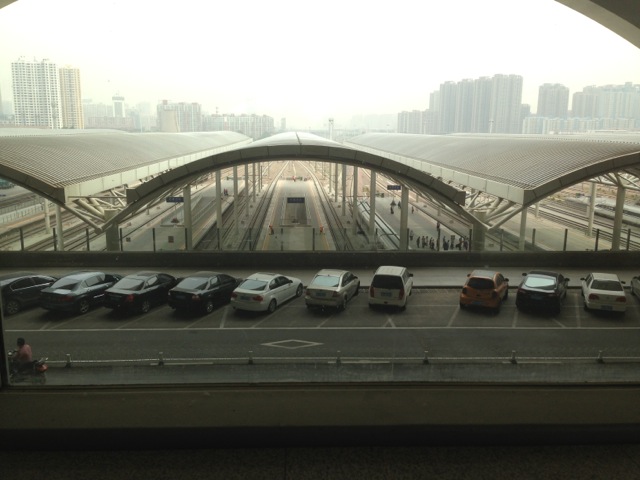The centre of town is chronically plagued by that nasty PM 2.5 (the media made it worse by “announcing” the “invention” of PM 0.5, thus negating just about all of City Hall’s efforts), but on the outskirts, it’s a very different matter. Here on the Nankou-Jiantou Highway in northwestern Beijing’s district of Changping, it’s natur pur.
Here in the same pic: shades of red, yellow and green. The way autumns always were meant to be.
I believe in results, not just propaganda. If the government was serious it would have acted with much more force. City Hall was andantino before the Olympics, but right now, five years after the “magic of Olympian proportions”, they’re now back to larghissimo — in essence, larghissimo sostenuto. Those in power with a brain should be in vivacissimo, even prestissimo mode, and should add a dash of fortissimo, even furioso in terms of how they deal with polluters. The current state of affairs, sadly, is rather malinconico at times.
And it doesn’t start by forcing 50% of all cars off the road when the PM 2.5-o-meter reaches record new highs. That’s for incompetent mandarins. I’d say, slap a flat fare of CNY 100 on anyone driving their cars on any day (half fare if you live inside the city centre). Slap double fare on cars outside of Beijing. Charge the police and military (except for those on active duty). Charge even diplomats (if you live in the same city, you’re “farting away” regardless of what flag you fly).
Più veloce! I’d like to see more such Blue Sky Days for the centre of the capital — rather than to see it relegated to the outermost outskirts of town.

